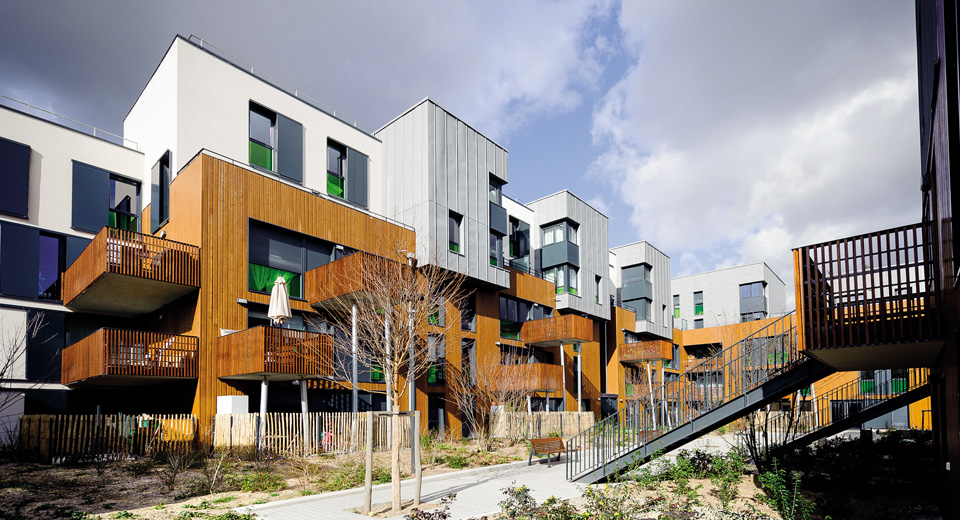
The challenge consists in predicting and demonstrating the energy performance of buildings. The measurement tools developed by the CSTB and its partners are designed to give project stakeholders the assurance they need by offering verification of the outcomes achieved using two methods: REPERE, which assesses the actual long-term performance of occupied buildings, and ISABELE, which measures unoccupied buildings at a given time.
REPERE
This innovative service measures the actual energy performance improvement achieved on completion of upgrades. Designed by the CSTB in partnership with Actility, a provider of Internet of Things services for smart buildings, it uses Smart EPC (Energy Performance Control) analysis instrumentation. This system calculates the difference between buildings' energy consumption before and after renovation work, using results that are independent of weather conditions and occupant usage. It also provides and monitors actual building performance data.
Habitat Toulouse becomes the first to use the REPERE method
The Habitat Toulouse public housing office wanted REPERE to measure the efficiency of the thermal insulation upgrade performed in 1,300 social housing units. In 2014, instruments were installed in a sample of 168 homes,
explains Lionel Bertrand, head of Development Innovation in the CSTB Energy & Environment Department.
Interconnected sensors were fitted in the housing units to collect key data. Measurements were then made in real time over three years. An exclusive Smart EPC application then performed accurate and comprehensive energy audits automatically for each housing unit, before and after the upgrade. The initial findings will be available in 2015.
The solution offered by the CSTB gives us a valuable measurement and feedback system to support our commitment to improving the energy performance of our housing stock,” stresses Gérald Lepain, director of housing at Habitat Toulouse.
ISABELE
The aim is to provide a reliable system to assess building insulation performance at the time of acceptance, whether the building was extensively refurbished or newly built,
explains Rémi Bouchié, CSTB research and assessment engineer. The method used—ISABELE (In-Situ Assessment of the Building EnveLope pErformance)—checks whether an unoccupied building performs as promised based on a relatively quick measurement cycle of just a few days. In practical terms, ISABELE consists in injecting a controlled heat input into the building and using its thermal response to calculate the insulation performance of its envelope. This method was tested on real buildings in France and the UK in 2014. Testing will continue in 2015 to identify the full scope of application for this method.
